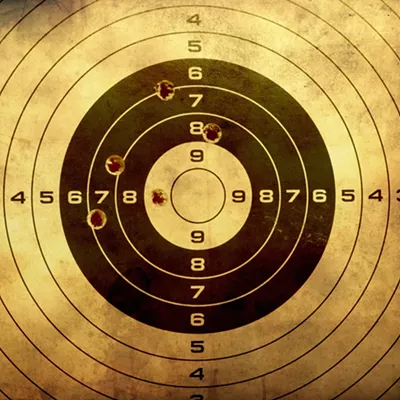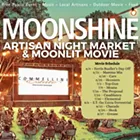The Washington Assessment of Student Learning (WASL) test is administered to fourth and 10th graders in the spring. The 10th grade test, which is divided over two days, covers math concepts and procedures, plus the following four fundamental processes: solving problems, reasoning, communication and ability to make connections.
The 10th grade WASL is divided into test sections beginning with writing, then listening, followed by reading and finally math. Every test question requires a specific answer format: either multiple choice (several answer options are provided, only one is correct), short answer (in a few sentences or mathematical operations, explain why your answer is correct) or extended response (which may require several pages and is more like an essay answer).
Writing
In this section, one question may look like this: "Write a critical review for a teacher evaluating a short story, a novel or a play you have read. Since this is an assessment of your writing ability, be sure to refer to the scoring criteria provided to develop an appropriate critical review essay." In the scoring criteria, students are told -- among other things -- to maintain a clear focus, provide logical organization, use correct punctuation and sentence structure and spell words correctly.
Listening
Here, students will first listen to the reading of two opposing editorials, for instance. They are allowed to take notes during and after the reading, but will not get to read the editorials themselves. Once the reading is over, students have to answer questions about what they just heard. The questions may go like this: "What is the main point of the first editorial?" Or: "Based on the information in the second editorial, which of the following statements is the author most likely to agree with?" Both questions are followed by multiple choice answers.
Reading
Students first read a short essay, a poem, or in this example, a nonfiction section on different species and habitats of meat-eating plants. After reading the section, students must answer a series of questions in short answer form. Examples of questions are: "In your words, summarize the main points of this article." Or: "What generalization can you make from this section about how these plants lure their prey?" There may also be a couple of multiple choice questions to go with the reading assignment.
Mathematics
In the math part, students are allowed to use calculators, rulers, protractors and manipulatives (countable items, such as blocks or beans, that can be divided into groups and help the student better understand the question). Some questions are multiple choice, some of which require the students to show the work they did to reach the answer they chose. Others will ask the students to write a longer explanation or show the mathematical operations they used to reach their final answer. Here are a few questions to test your math skills. (See answers on facing page, at the lower right.)
1. Simplify the following expression:
6ab + 4b - 3a -2ab + b(3a - 4) + 9a
2. Naomi is a travel agent. She receives a commission of 5 percent for each ticket she sells. How much would her commission be from the sale of six airline tickets for $250 each?
a. $150
b. $125
c. $75
d. $12.50
3. In a video game, the main character, Jamal, visits a country in which the currency is Zwangs, Dools and Flits. It takes five one-dollar bills to equal one Zwang. If one Zwang is 30 Dools, and one Dool is 50 Flits, then how many dollars is equal to 150,000 Flits?
a. $20
b. $100
c. $500
d. $2,000
4. According to the 1990 census, Seattle had a population of 516,259. Seattle's population was 15,329 less than three times the population of Spokane. Which of the following equations could be used to find Spokane's population in 1990?
K = Spokane's population in 1990.
a. 15,329 - (3 x K) = 516,259
b. (3 x K) + 15,329 = 516,259
c. 516,259 - 15,329 = 3 x K
d. (3 x K) - 15,329 = 516,259
5. The students at your high school sold raffle tickets for a fund-raiser. They sold 50 tickets, numbered 1-50. If three winning tickets will be chosen one after the other, and the same ticket cannot be drawn twice, what is the probability that all of the winners have odd numbered tickets? Show your work in the space provided.















